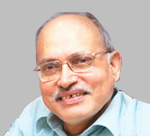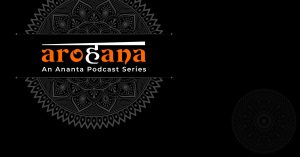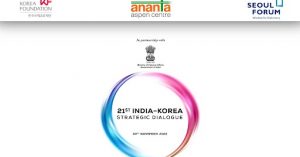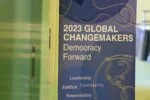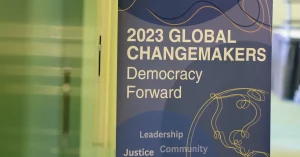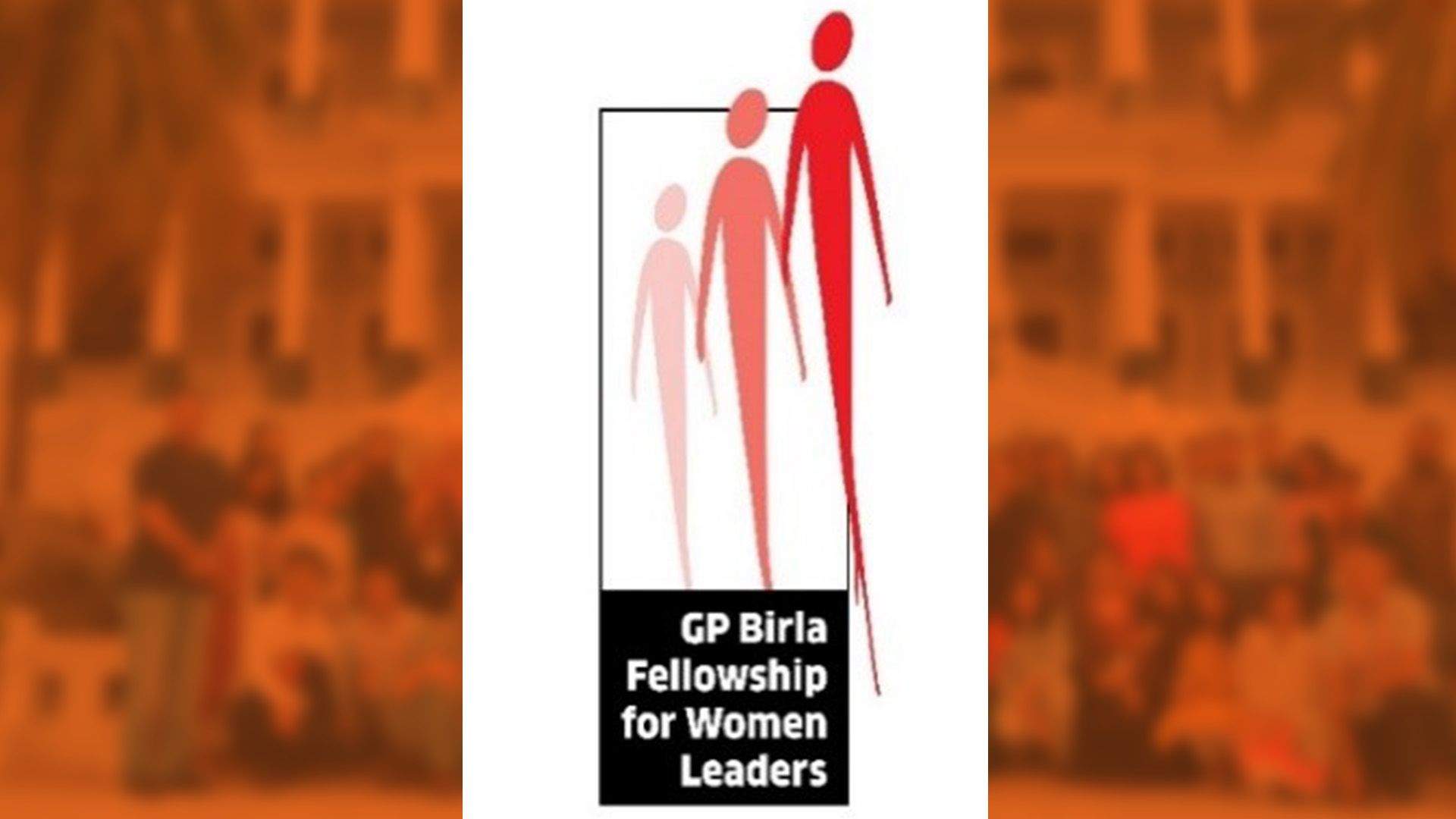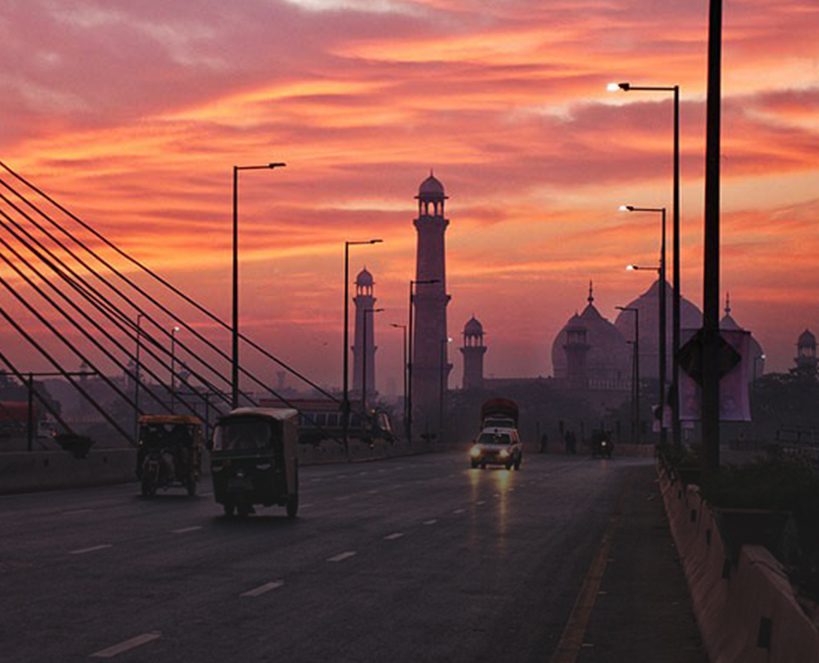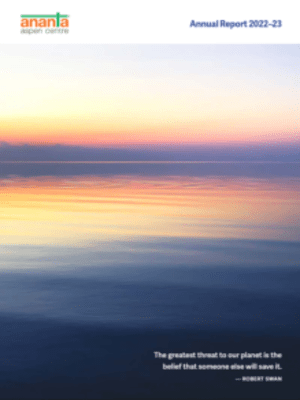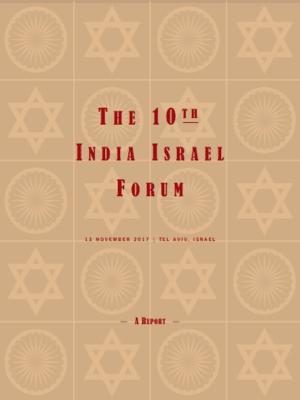H I G H L I G H T S
• Higher tax revenues swell Govt coffers, but no relief for deficit yet
• Relief for telecom sector: Will players bite the tariff bullet?
• Retail Inflation moderates, no relief from wholesale prices
• Foreign trade buoyant, with exports rising in August
• Industrial output up, riding on manufacturing
• Bumper kharif crop expected, though sowing marginally lower
• Wealth inequality wider than income disparity
Higher tax revenues swell Govt coffers, but no relief for deficit yet
The Union government’s tax revenues continue to maintain healthy growth. In the first half of the year, total collections of corporation tax and individual income-tax rose to Rs 5.66 lakh crore (net of refunds), recording a 73 per cent increase over Rs 3.27 lakh crore in the same period of 2020. This increase was not just because of the low base effect. Compared with Rs 4.48 lakh crore, collected during April-September 2019, the revenues in the first half of 2021-22 were 26 per cent higher. Remember that the Budget for 2021-22 had set a target of growing the direct tax revenues in the full year by 22 per cent. Even though the pace of growth may slow down in the second half, the gains already secured could mean that the Centre would exceed its direct tax collections target in the current year. Indirect tax collections too have been doing well in the current financial year. In April-August 2021, indirect tax collections (excise, Customs and the Centre’s share in the goods and services tax) were estimated at Rs 5.19 lakh crore, 41 per cent higher than in the same period of 2020 and 28 per cent higher than in the same period of 2019. The annual indirect tax collections target of Rs 11 lakh crore assumes an increase of only 11 per cent. The healthy revenues are an outcome of the gradual opening of the economy after the second wave of Covid-19, a rapid increase in vaccination and a rise in the formalisation of the Indian economy, a process that has accelerated after the pandemic. This also indicates how the formal side of the economy is doing well, even though the informal sector is yet to recover from the woes of dislocation, distress and disruption caused by the economic lockdown and Covid-19. In view of higher revenues, the Centre has already lifted all spending curbs it had imposed on central ministries and departments. This will help step up the pace of activity in different sectors of the economy. But the finance ministry is still worried about the impact on the fiscal deficit. While revenues have increased, a likely shortfall in disinvestment receipts and the additional expenditure burden on account of the food supplies (Rs 1 lakh crore), fertiliser subsidy (Rs 15,000 crore) and clearance of export incentive arrears (Rs 56,000 crore) could act as a pressure point.
Relief for telecom sector: Will players bite the tariff bullet?
There is now a flicker of hope that government policy action may address the long-running financial stress in the Indian telecom sector. Fears that it could turn into a duopoly also seem to have been dispelled. A package of decisions aimed at addressing the telecom sector was announced on September 15 and will take effect from October 1, 2021. The first set of decisions are aimed at easing the telecom companies’ liquidity situation. Thanks to the court-mandated orders asking the telecom firms to cough up higher amounts of money by way of the adjusted gross revenue (AGR) to be paid to the government, the entire telecom sector was short of resources either to expand or strengthen their networks or to bid for the 5G spectrum that the government wished to put on the block. To address such liquidity woes, the government’s package announced a moratorium of up to four years on the payment of AGR and spectrum dues. This would release additional cash of about Rs 45,000 crore every year for the telecom companies, although they would have to pay the interest on the AGR and spectrum dues during the moratorium. Going a step further, the government modified the definition of AGR and resolved its long-drawn dispute with the telecom service providers. The government had included non-telecom revenues of the service providers while calculating their total adjusted gross revenue (AGR), a percentage of which was to be shared with the central exchequer. This had inflated the amount of the revenues the telecom service providers had to share with the government. This meant a huge financial outgo. But with the exclusion of non-telecom revenues for calculating AGR, the telecom companies are financially better off. In addition, spectrum usage charges were removed, interest rates on delayed payments rationalised and 100 per cent foreign direct investment in the telecom sector allowed under automatic route. The government also announced that spectrum auction would be held in the last quarter of 2021-22 and eased many licensing procedures by relying more on self-declaration. Overall, the measures were welcomed by the markets as they boosted the confidence of the telecom players in the stability and investor-friendliness of the policy regime. The big question is whether this would embolden the telecom players to raise tariffs to augment their revenue streams, encourage them to invest more in creating infrastructure like acquiring additional spectrum and enhance competitiveness in the sector.
Retail Inflation moderates, no relief from wholesale prices
Retail inflation, measured by the movement in the Consumer Price Index, moderated only marginally to 5.3 per cent in August 2021, against 5.59 per cent in July 2021. The August 2021 print for retail inflation was much lower than the 6.69 per cent recorded in the same month a year ago. Remember that the upper limit of the tolerance band under the inflation targeting regime of the Reserve Bank of India is 6 per cent. Therefore, the inflation rate is yet to breach that upper limit. But concerns over the price situation remain. A key factor responsible for the moderation in retail inflation in August was the trajectory of price movements in food and beverages (accounting for the highest weight of 45.86 per cent in the index) – which cooled to 3.8 per cent, largely due to vegetable prices, which deflated for the ninth month running. The beneficial impact of food and beverages was countered by inflation in fuel and electricity, which rose to over 13 per cent. In sharp contrast, wholesale inflation, measured by the movement in the Wholesale Price Index, moved up to 11.39 per cent in August 2021, marginally up from 11.16 per cent recorded in the previous month. Worryingly, wholesale inflation has stayed in double digits for the whole of the current financial year so far. The hardening wholesale inflation was broad-based and attributable to a rise in prices of non-food articles, mineral oil, crude petroleum and natural gas, manufactured products like basic metals, food products, textiles, chemicals and chemical products. The divergent trends in retail and wholesale inflation reflect how the food and vegetable prices in the economy are softening, while manufactured goods are becoming costlier.
Foreign trade buoyant, with exports rising in August
India’s exports continued to remain buoyant in August 2021. Exports of merchandise goods recorded a robust growth rate of 46 per cent at $33 billion over the same month of 2020. The growth was 27 per cent even when compared with the August 2019 performance. On a cumulative basis, the April-August 2021 exports of merchandise goods were estimated at $256 billion, 44 per cent higher than the same period in 2020 and 16 per cent higher than the same period in 2019. This augurs well for the country’s annual exports performance. Given the trend so far, the target of achieving exports of about $400 billion in the current financial year is likely to be met or even exceeded. Providing hope to revival in industrial demand, India’s merchandise imports also rose to $47 billion in August, increasing by 52 per cent and widening the monthly trade deficit to a four-month high of $14 billion. Cumulative imports in April-August 2021 were estimated at $273 billion, an increase of over 64 per cent over the same period of 2020 and by just about 3 per cent over April-August 2019. Even though the increase in imports was fuelled by a rise in the international price of crude oil, whose imports also spurted as the economy has opened, and gold, the overall buoyancy in imports augurs well for the pace of economic activity in the months to come. Providing comfort to the balance of payments situation is the rising foreign exchange reserves, which were estimated at around $640 billion by the end of September.
Industrial output up, riding on manufacturing
Industrial output in July 2021 grew by 11.5 per cent, largely because of a low base effect and a revival of manufacturing, mining and the power sector. Manufacturing, accounting for over 77 per cent of the weights in the Index of Industrial Production (IIP), grew by over 10 per cent, while the mining sector recorded an even higher output rising by over 19 per cent. Power generation too increased by over 11 per cent. However, despite such healthy rates of growth in July 2021, the total value of industrial production in real terms was still lower than what it was two years ago in July 2019.
Bumper kharif crop expected, though sowing marginally lower
Indications of yet another bumper crop in the current financial year are in evidence as information on sowing till the second week of September has trickled in. The expectation is that the overall agricultural output could be higher by 3.5 to 4 per cent this year, over and above almost similar increases in each of the last two years. The total area under cultivation till September 10, 2021, is only marginally lower at 1097 lakh hectares, compared to 1107 lakh hectares as on the same period of last year. What contributed to the healthy numbers on sowing was rice, whose acreage has gone up by 1.6 lakh hectares, thanks to the announcement of higher minimum support price for paddy and an assurance of its procurement during the harvesting season. The encouraging feature of the sowing pattern was that pulses acreage was also higher by 2.66 lakh hectares. This is likely to have a positive impact on food prices, increased availability of pulses and reduced imports to meet the shortage if any. Sugarcane acreage too saw an increase by 0.74 lakh hectares as the government has increased the fair and remunerative price (FRP) for sugarcane. The worry points emerged from coarse cereals (acreage falling by 4.42 lakh hectares) and cash crops including cotton (acreage down by 7.3 lakh hectares) and oilseeds (acreage lower by 3.2 lakh hectares). Lower output of oilseeds could be a cause for concern as imports may be higher to meet domestic demand and the rise in global oilseed prices would mean a pressure on domestic prices as well requiring the government to consider intervention through lower duties.
Wealth inequality wider than income disparity
A recent finding from the All India Debt and Investment Survey has confirmed what has always been anecdotally perceived by most Indians. The Survey, conducted by the National Sample Survey Organisation (NSSO) of the Ministry of Statistics, shows that India’s top 10 per cent of households own 56 per cent of the wealth in urban areas and 51 per cent of the wealth in rural India. In contrast, the bottom 50 per cent of the households own less than 10 per cent of the wealth. The Survey pertained to 2018-19 and was released in the third week of September 2021. The inequality in wealth holding is more acute in some states like Delhi, where the top 10 per cent of the households own 81 per cent of the wealth, with the bottom 50 per cent holding just about 2.1 per cent. Other states with stark inequalities in wealth holdings, worse than the national average, included Punjab, Uttarakhand, Madhya Pradesh and Haryana. A comparison of the wealth survey with income earnings, measured by the income-tax collections data, is revealing. The inequality in terms of income earnings is less than what is seen with respect to wealth. The income-tax data for individuals show that the income of the top 10 per cent of taxpayers in 2017-18 was 38 per cent of the country’s income. This is less than the 56 per cent of wealth held by the top 10 per cent of Indian households. An interesting finding from these surveys is that over a period of five years, the difference in terms of both income and wealth has been slowly declining – the assets and income of the top 10 per cent of Indians are growing at a slightly slower pace than those of the bottom 10 per cent of the households and individuals. A sobering thought, however, is that the same survey on household debts and investment points to a worsening situation on investment and debt of Indian households. In rural areas, the average value of assets held by a household grew 15 times since 1991, but the average outstanding debt jumped 31 times during this period of 28 years. This would suggest that rural households have borrowed hugely to meet their consumption expenditure. The situation in urban households is a little better. Their average asset size went up 19 times, but their debt also rose by a higher margin of 33 times.
The previous issues of Indian Economy Review are available here: LINK
Supported by
………………………………………………………………………………………………
(The views expressed are personal)
………………………………………………………………………………………………


